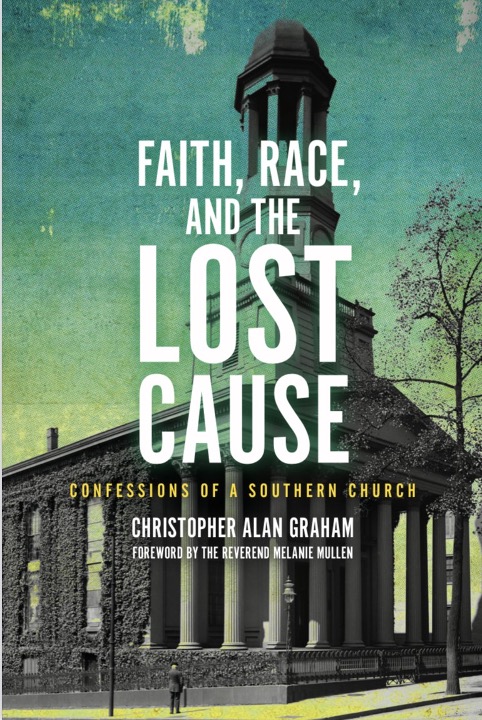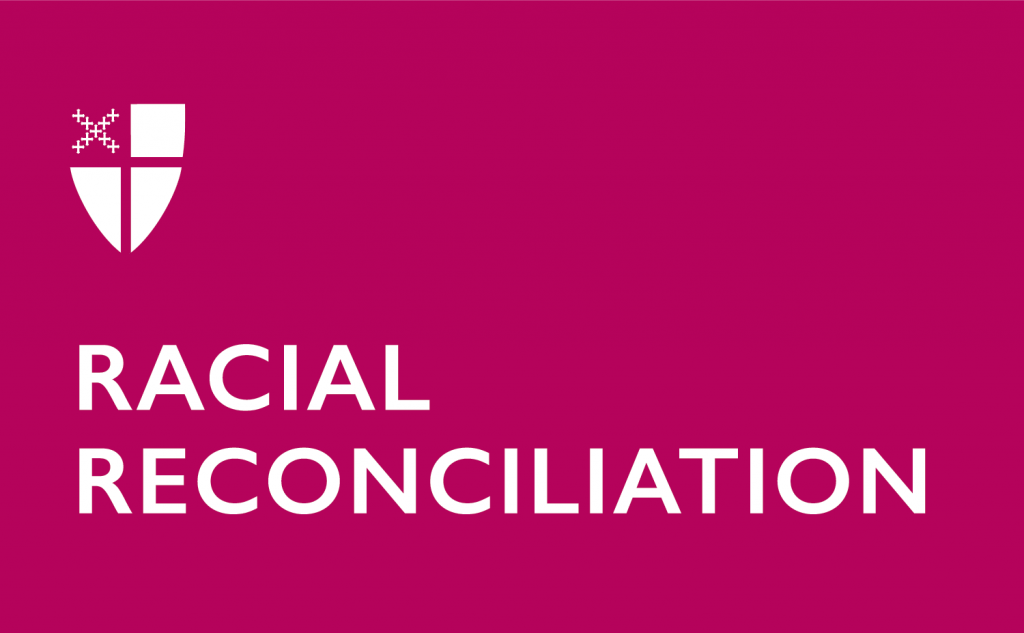Behind the Book: ‘Faith, Race, and the Lost Cause’
By Christopher A. Graham

The work that resulted in “Faith, Race, and the Lost Cause” began at St. Paul’s Episcopal Church in 2015 after the Charleston, South Carolina, murders. St. Paul’s, in Richmond, Virginia, had been widely known as the “Cathedral of the Confederacy.” After the American Civil War, St. Paul’s embraced that identity with the installation of memorial stained-glass windows and plaques dedicated to wartime communicants Robert E. Lee and Jefferson Davis and their families, and proud reminders of its connection to critical events in Confederate Richmond.
In the aftermath of Charleston, St. Paul’s then-rector, the Rev. Wallace Adams-Riley, called on the congregation to critically reexamine the church’s history. The vestry initiated the History and Reconciliation Initiative (HRI) to study that history, reflect on it, create a liturgy of repentance, and to reconsider the memorials in the sanctuary.
This book is the HRI historical report. It chronicles the ways that St. Paul’s people understood their religious obligation to the racial order over time, and how the historical imagination empowered by the Confederate experience shaped the racial landscape of Richmond in the 20th century. We discovered the expected—that St. Paul’s people maintained a conservative racial outlook as slaveholders and segregationists. Still, some surprising stories emerged—particularly in how St. Paul’s members like Mary-Cooke Branch Munford and Richard Carrington challenged the deepening Jim Crow system in the 1920s (though not without their own problematic racial views), or the almost-complete inversion of the congregation’s identity from the 1970s onward.
Telling these stories from 1844 to the present time reveals how history shapes the ways we see the world, how our historical stories are shaped by our present moments, and just why it can be so difficult to understand the harm we have caused.
“Faith, Race, and the Lost Cause” is the story of one church, but its lessons can be useful to anyone undertaking the work of historical reflection and repentance. For more information about the book, visit cagraham.net.
—
Christopher A. Graham is a historian and museum curator living in Richmond, Virginia. He is a member of St. Paul’s.

